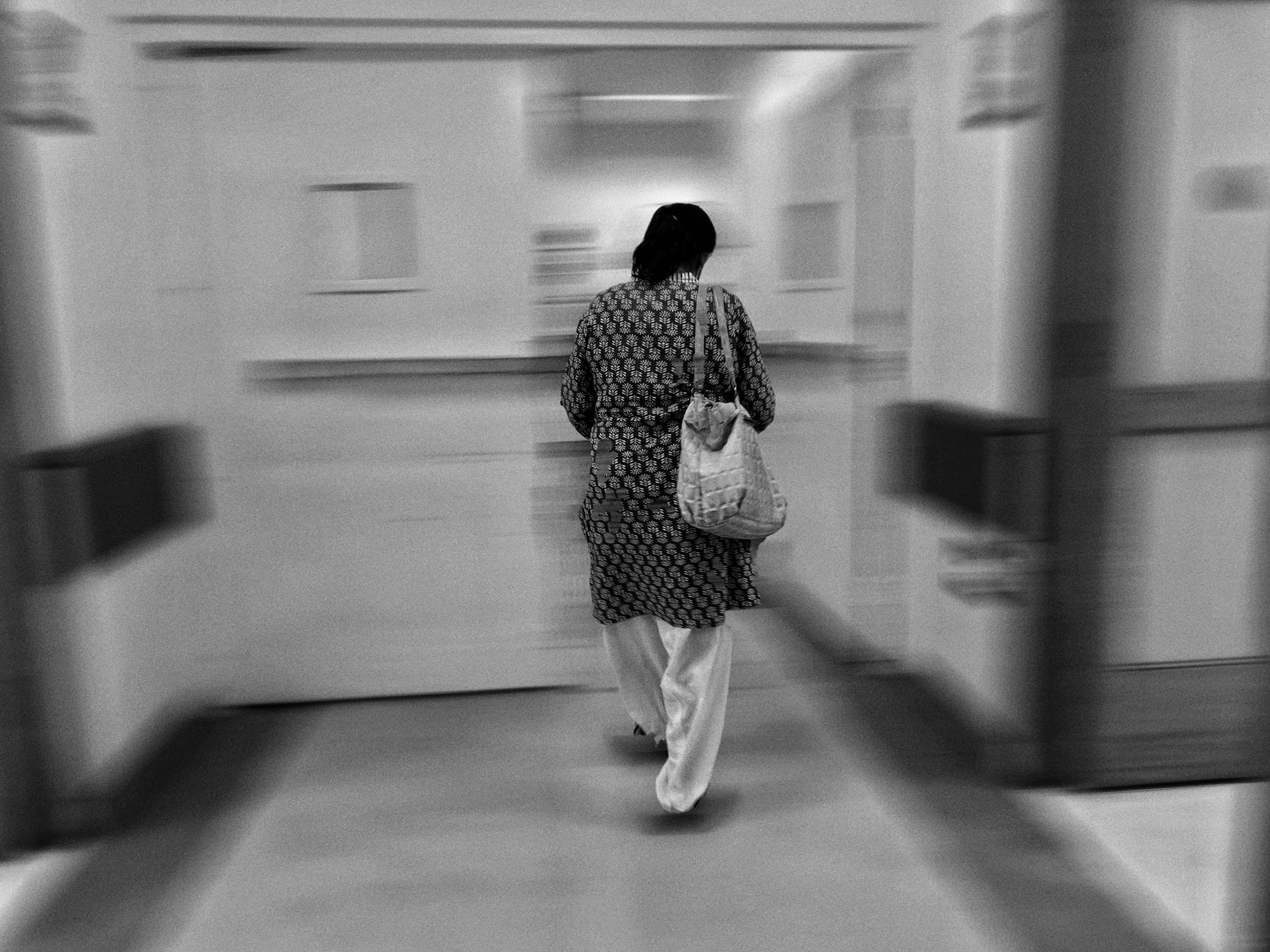Death is a Teacher
It was around 1 o’clock when grief crept in with the chilly winds of the Ganges caressing my face. Witnessing the death of a near relative isn’t always easy to handle. People deal with grief in all sorts of ways. For me, it’s always been creating a wall around me and experiencing life. It’s moments like this when you actually feel the deeper meanings of those incidents occurring around you.

It’s death that teaches you to live. I always feel the same when I see people dying. I have a bucket full of questions about what I want to do with my life. Do I want a lot of money when I die? Do I want peace? Do I want a quick and comforting death? Do I want any one of these or all?
When my paternal uncle was on his death bed, and I had to rush down to the hospital, it just put many things into perspective. Being a photographer, it really pains me to capture moments of ending. I take pleasure in capturing the process, this is what street photography has taught me. Thereafter I felt the need to capture the process through symbolism.



I took a detour from the hospital and captured moments that brings out the panic and restlessness of both the staff and the families. The walls of those hospitals have so many stories to tell, the pain and agony, the smile and relief, everything bundled up amidst those nude coloured concrete walls.
Then came the rituals to bid a final adieu to a person. It was hard to bear, but I had to see it all. I needed to experience those moments. Honestly, I never had the intention of capturing the moments, but I couldn’t help myself. If birth is a process that can be photographed, so is death.

Seeing the ashes and the smoke around the burning ghats made my heart ponder if there was really an afterlife and if the giant moths flying about might be disguised as the angel of death. The cremationists sleeping with smoke all around. How can a person live in there? The place reeks of death.



It made me come to a conclusion that maybe you, me, we all are just in a loop of being born with help from a set of people (doctors and nurses) and also die with help from a different set of people (cremationists).
White symbolises peace. If we wear white for mourning, does that mean we are at peace with death? If so, that is a relief that we have accepted it to be a process and not give death the authority to rule over us.



The death of my Boro-jethu (paternal uncle) taught me many things, and most importantly, the lesson that I want to share is how we need to trust life and wherever it takes us, we enjoy and live in the moment.




Srideep Banerjee, is currently pursuing a b.tech in electronics and communication engineering. Apart from studies, he enjoys his own company over others and as a result fell in love with photography and sees it as a medium of expression. He aims to improve himself over time and hopes to make a mark. He is keenly interested in studying humans and their activities. His work has been published in Dodho, Fuji X Passion and Fuji Love magazines. As an amateur, he hopes to learn more and publish more of his works.




